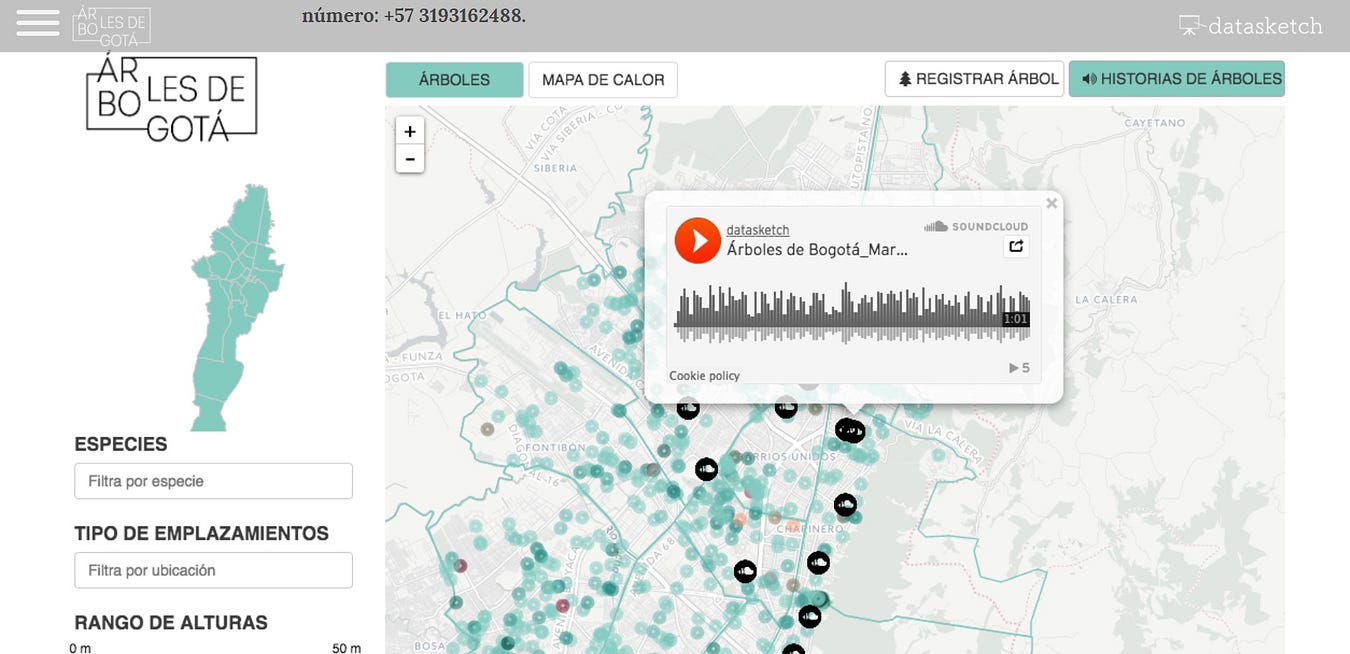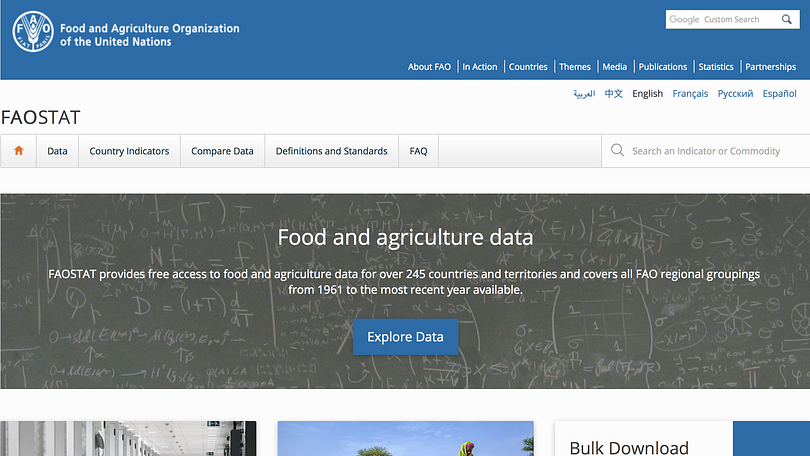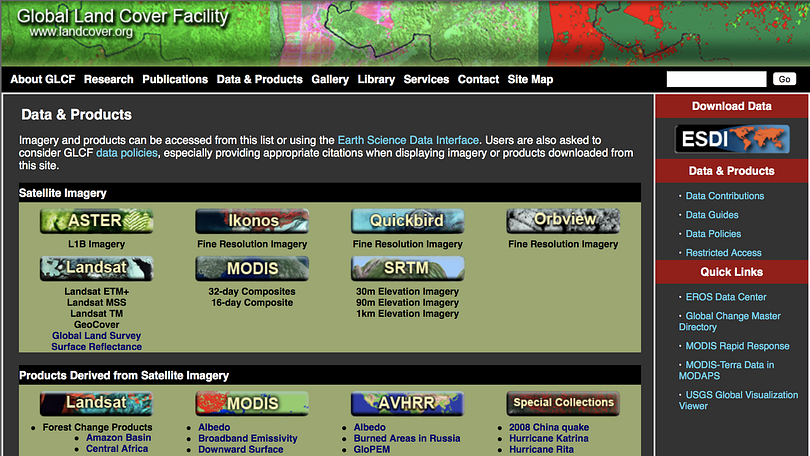This article was originally published on the Data Journalism Awards Medium Publication managed by the Global Editors Network. You can find the original version right here.
___________________________________________________________________________________________________________________
How easy (or difficult) is it to access data in China, Malaysia, Kenya, and other countries? Are there tested business models for data journalism in different parts of the world? How do you promote data literacy in newsrooms where innovation is not a priority? We’ve gathered international experts to tackle those questions, and discuss government interference, the pace of learning, and managerial issues.

Darren Long, head of graphics at South China Morning Post (Hong Kong), Kuek Ser Kuang Keng from Data N and former Google fellow at PRI (Malaysia), Eva Constantaras, Google Scholar from Internews and expert in data journalism for Africa, Asia and South America (originally from Greece), and Yolanda Ma from Data Journalism China, also jury member of the Data Journalism Awards competition (China), all joined us, as well as participants from other countries.

From left to right: Darren Long, Yolanda Ma, Eva Constantaras and Kuek Ser Kuang Keng
How widespread would you say data journalism is in your region?
Kuek Ser Kuang Keng: People like to see Southeast Asia as a ‘region’ but the fact is countries in this region are very diverse in terms of development stage, politics, and technology. So there’s no way to generalise them.
In Malaysia, my own country, data journalism is almost non-existent; there are only infographics. There is a strong interest among a small group of journalists, but they lack support from editors and management, who focus more on social media. Innovation in journalism is not prioritised. In neighbouring countries, such as Indonesia and the Philippines, things might be a little better, but they are still relatively far behind the West. In non-democratic countries where free press is always under siege like Cambodia, Vietnam, Laos, and Thailand, the landscape is totally different. There, the survival of independent journalism is above all other things like innovation.
Darren Long: It’s a good point. I was going to say Europe and America can feed off each other through the use of English language and a common Roman script whereas Asia is much more diverse. Press freedom is certainly an issue. Even in Hong Kong where we have a feisty and largely free press.
Visual journalism and the use of data is a good way to avoid government interference though. If you can use data to make your point from government sources, there is little they can criticise. The problem is getting public and government data. It is very hard to get consistent and reliable sources from Mainland China.
Yolanda Ma: In mainland China, since data journalism was introduced five years ago, it has been widely accepted and adopted by media organisations, from official newspapers to commercialised online portals. The development is limited due to the cost (both technical and human resources). It is more recognised by the industry than by the public.
Eva Constantaras: My specialty is introducing data journalism in countries where it basically doesn’t exist. General trends I see are: publishers get excited because it sounds digital and visual and sexy, mid-level editors and senior reporters are in denial about digital convergence and are afraid of it so don’t want to know anything about it, and early career journalists are excited about it for three reasons: 1. They want to still have a job once digital convergence happens 2. They think data visualisation looks fun and 3. (least common) they see how data can enrich their public interest reporting by making their stories more analytical.
How accessible is public data in your country? What advice do you have on how to access data (public or else)?
Darren Long: We have freedom of information but it’s a fine line.
Here are some useful websites: Open Data Hong Kong, Data.gov.hk and N3Con 2018.
Kuek Ser Kuang Keng: There’s no FOI in Malaysia, Singapore and other non-democractic Southeast Asian countries but it exists in Indonesia and the Philippines. While sensitive information is not available, Malaysia and Singapore governments do publish a lot of data online. Both countries have a dedicated open data portal and relevant policies.
However media in both countries don’t have a strong demand for government data nor the skill, knowledge, and habit to use data in their reporting. The main demand comes from the business/IT community which is adopting business analytics very fast. So before talking about accessing any data, there need to be awareness, skill, and knowledge within newsrooms on data journalism. It seems like this awareness is higher in Indonesia and the Philippines. There’s a specialised business data news startup in Indonesia called Katadata, that you may want to check out:
Eva Constantaras: The first excuse I get from journalists for not doing data journalism is that there isn’t enough data. In all the countries I have been in, I would not say that is among even the top 3 challenges. And partially that’s because nobody has ever used the little data there is, so they need to build up demand in order for more data to be released. The biggest challenge is finding journalists who are willing to abandon their jobs as stenographers and embrace their role as knowledge producers. This is not a problem data or technology can solve.
Darren Long: I agree with that. I find a lot of the problem is more about thinking how to visualise data in a creative manner than the non-existence of data.
Yolanda Ma: People usually have the impression that China doesn’t have much data but the reality is quite the opposite. There is tons of data, just not well published and usually unstructured. Sometimes the data is inaccurate and not reliable. There is a FOI regulation and media do use it for stories, but less for data.
But things are getting better, compared with five years ago. In China more data is released (effort has been made to convince government and also help them to get it right), the open data movement is still on and pushing for better data culture, especially collaboration between universities, companies, government, but also NGOs and citizens.
What are the main challenges data journalists face in your region?
Eva Constantaras: I think journalists underestimate the work that goes into a data story. It’s not enough to just use data to reveal the problem because of the ubiquity of corruption in so many countries. For a story to have an impact and get people’s attention, it has to measure the problem, the causes, the impact on citizens and potential solutions. That’s more work than journalists are used to. Many journalists just want to make visualisations. I tell them visualisations are the paint on the house. Their house can be a beautiful colour but if their analysis is bad, their structure is unsound, their pretty house will fall down.
Darren Long: Technology has been an issue for us. We have to create our infographics outside the company CMS and redirect the page. If we weren’t so stubborn we would have given up long ago
Kuek Ser Kuang Keng: Newsroom managers don’t have much awareness of data journalism and the digital disruption has put news companies in a tough position financially. The limited resources that news companies can allocate have been put into ‘hot’ fields like social media and video. A good number of journalists are eager to learn new skills but they don’t get much support to pick up new skills and put those skills into use. I wish technology was an issue in Malaysia. We don’t even have data or interactive team in newsrooms here. I’m the only data journalist in Malaysia.
Yolanda Ma: Talent is an issue everywhere, but the challenge beyond that is the cost — the cost to develop the skills and to maintain such a team in the newsroom. Many data stories in China are now going video or motion graphics as well to stay aligned with consumer trends.
Here is an example of data journalism on TV:
How do you overcome these challenges? What creative solutions could we find for them?
Kuek Ser Kuang Keng: How to overcome? I find the main hurdle lies with managers and editors, so I would approach them to provide them a better understanding of data journalism — the potential, impacts and costs, or talent needed. Another good way is to build networks among journalists who share the same interests, so they can support each other, and exchange ideas on how to convince their bosses.
Money is a huge problem in Malaysia. The digital disruption has put news companies in a tough position financially. They want something that can see quick returns, often financially
Eva Constantaras: I think we have to abandon the myth that learning data journalism is ‘fast’, something that can be picked up at a bootcamp. Someone should do a data study of how many data journalists come out of bootcamps. And how many statistically unsound stories came out by the few who did manage to produce a data story.
We want data journalism to be taken seriously so we need a serious approach to capacity building. I have a 200-hour training and production model bringing together journalists, civic hackers, and CSOs with data that has worked in a couple of countries but usually because we found committed journalists who were willing to be the lone data journalist in their newsroom. And we do a lot of outreach and convincing of editors and publishers.
Are there any tested business models (other than grants) for data journalism in developing countries?
Question from Stephen Edward (Astat Consulting, India)
Kuek Ser Kuang Keng: Unfortunately, not that I know of, but you can keep a watch on Katadata, a specialised data business news startup in Indonesia. They will increase their monetisation efforts soon.
Eva Constantaras: The only media outlet in a developing country that really sees a lot of revenuee coming from their data work is Nation Newsplex in Kenya, and part of that is because the Nation Media Group can repurpose the online data content for two different print publications and their television station. It’s still a very small team.
Donor support is also often not well structured. They want to give data reporting grants in countries without data reporters. Or they want to give funding for one-off projects that then die a slow death. It’s expensive to train and sustain a data team and most donors don’t make that investment.
Yolanda Ma: One business model that a newsroom is trying (not proved yet) is the think tank approach — they really specialised in urban data, so by digging into data and finding trends, they can actually provide the product for policy makers, urban design industry, etc.
When one data team do very well within the news organisations — another way to go is to spin off. Caixin’s former data head set up his own company last year and it provides service to other media organisations on data stories production now.
The good thing about spinning off is that you do not need to only do journalism projects — which are usually not that profitable. But by being independent you can do commercial projects as well.
Eva Constantaras: The nice thing about spinning off is also then data content can be distributed through a variety of popular media and reach a larger audience.
What can we do to get more high quality data journalism projects from the Global South? And, given that it is harder for the Global South to compete with the Global North, is there a way to build more recognition for the south?
Question from Ben Colmery (ICFJ Knigt Felllowships director, USA)
Yolanda Ma: There are some quite high quality data journalism projects in the South and they don’t have to compete with the North.
Kuek Ser Kuang Keng: As I mentioned earlier, there are far less reporting about the innovations including data journalism projects done by news organisation in Asia. We don’t have Nieman Lab or Poynter here (fortunately we still have djchina.org but it is in Chinese). There are good projects, often done in tough environment, but they don’t get much attention outside of their own country. I can see more and more projects from Latin America were featured in journalism portals but that kind of treatment has not reached Asia. However, language remains a challenge.
Eva Constantaras: I am not sure why they would need to compete since they have different audiences. Though one revenue model I am very interested in is encouraging Western media outlets to buy content from data journalists in the Global South instead of parachutting in their own expensive journalists who do superficial stories.
I think now the West has realized that it needs to do more data-driven reporting on the local level for rural and less educated audiences about issues they care about. I think that the value of data journalism in developing countries is exposing the roots of inequality and helping citizens make better decisions and push for a more accountable government on a local level. Those projects don’t have to be flashy. They just have to be effective and accurate.
Darren Long: I think what international news outlets do well is broad comparative visualisations based around strong concepts. I think we tend to over rely on charts and graphics in Asia.
What is interesting right now is how a market like China has incredibly deep reach through mobile phones. Massive markets do everything on their phone. The tier one cities are easily as sophisticated as the West in that area.
So if we can leverage consumption of dataviz on mobile there should be a massive appetite
Can you share one tip you wish you’d been given about data journalism in the region you work in?
Yolanda Ma: I’d say, in Asia, do start looking for opportunities for cross-border data stories.
Eva Constantaras: Identify questions that citizens need answered to improve their quality of life and build your data stories around answering those questions.
Kuek Ser Kuang Keng: Data journalism takes time and patience. Visualisation is usually the quickest and easiest part!
Yolanda Ma: To echo Eva’s point — yes, don’t just produce meaningless fancy visuals.
Examples of data journalism from around the world that you should go and check out:
Darren Long: The Singapore Reuters office is producing some stunning multimedia data visualisations.
Here’s one they did on the oil spill off China:
But they have international resources and can recruit from all over the world
Here’s an example of a story we did at South China Morning Post. The data was from the government, but they didn’t like the story. If you click on our source, the page opens with a great big disclaimer they added after we didnt take our page down:
The map itself is still up:
A few more that I like:
Kuek Ser Kuang Keng: Tempo is a highly respectable magazine in Indonesia that produces great investigative reports. But most of their data journalism projects are on print. Here’s a deck shared by their editor-in-chief that showcase some of their data stories.
Malaysiakini is also working hard in data journalism. I recently collaborated with them to produce the first newsgame in Malaysia. It explains the issue of malapportionment in Malaysian election system.
Yolanda Ma: Here is a deck I made on data journalism in China a year ago — it serves as a good overview for anyone who’s interested:
Other organisations from China you should check out: Caixin, the Paper/SixthTone, Yicai, DT.
I like IndiaSpend in India and Katadata in Indonesia too.
Eva Constantaras: Here’s an example of a story that might have been risky without government data:
Some of my favourites are IndiaSpend and Hindustan Times in India, Daily Nation Newsplex in Kenya, Ojo Publico in Peru and both La Nacion Argentia and Costa Rica.
Kuek Ser Kuang Keng: I agree with Yolanda and Eva, at the reporter level, a good number of journalists are eager to learn a new skill but they don’t get much support from editors or managers to pick up new skills and put those skills into use.
I would recommend Rappler in the Philippines, Katadata and Tempo in Indonesia. But only Katadata has a dedicated vertical for data stories
To see the full discussion, check out previous ones and take part in future ones, join the Data Journalism Awards community on Slack!
Over the past six years, the Global Editors Network has organised the Data Journalism Awards competition to celebrate and credit outstanding work in the field of data-driven journalism worldwide. To see the full list of winners, read about the categories, join the competition yourself, go to our website.





























